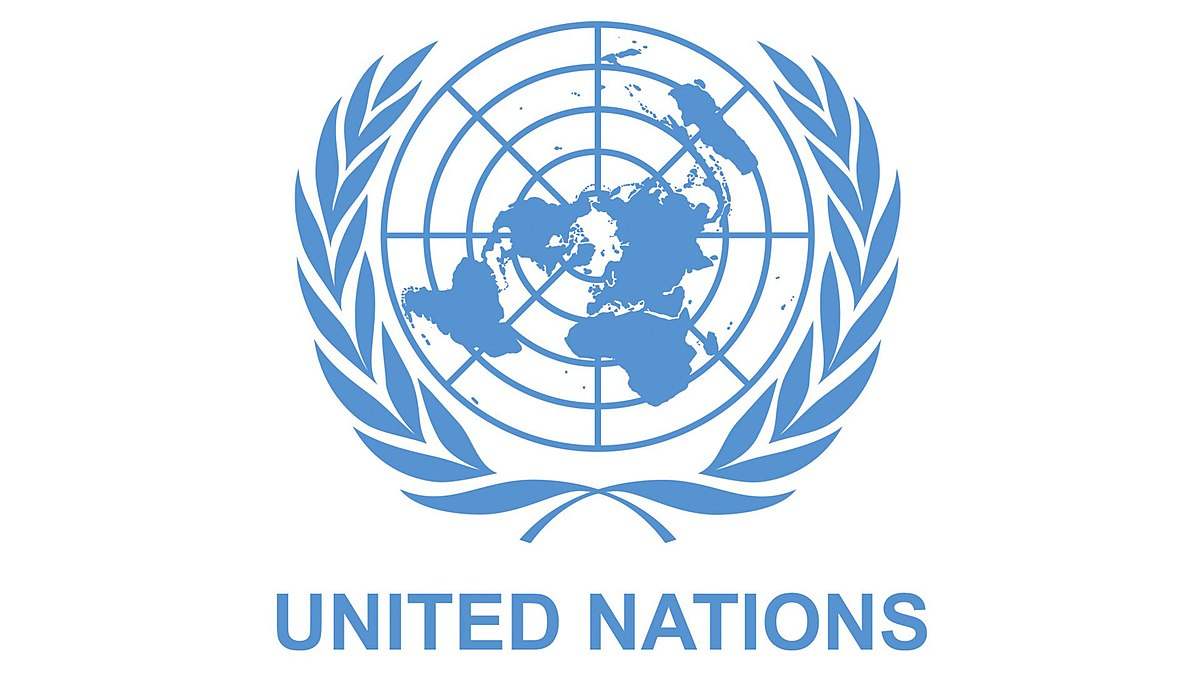Almost seven months into Israel’s devastating attacks in Gaza, the residents face a new threat: booby-trapped food.
“A 14-year-old boy was seriously injured and sustained limb amputations after opening a booby-trapped can of food found while looking for his belongings in his house that had been shelled by Israeli forces in Khan Younis,” the UN aid coordination office (OCHA) said, citing the enclave authorities.
The young victim who reportedly sustained life-changing injuries on Monday is just one of “many people recently injured” from supplies rigged with hidden explosive charges, OCHA said in its latest update on the emergency.
UN mine action experts have estimated that some 7,500 tonnes of unexploded ordnance could be “scattered” throughout Gaza which could take up to 14 years to clear. To mitigate the risk for civilians and aid teams in the meantime, the UN Mine Action Service, UNMAS, has issued increasingly urgent appeals for assistance from the international community to remove explosive remnants of war.
In another worrying development, OCHA reported late Wednesday that more than 10,000 people are believed buried under the rubble in Gaza.
Entire neighbourhoods have been levelled, leaving hundreds of buildings smashed, amid intense and ongoing Israeli bombardment “across much of the Gaza Strip” from the air, land and sea, the UN aid office said.
Citing the Palestinian Civil Defence authority, OCHA noted that the recovery of dead bodies from the debris is a huge challenge, owing to a lack of bulldozers, excavators and personnel.
“It could take up to three years to retrieve the bodies using the primitive tools they have on hand,” the UN office continued, amid rising temperatures that will accelerate the decomposition of bodies, potentially increasing the threat of disease spread.
In a call for an end to the hostilities, top UN humanitarian official Catherine Russell insisted that the “nightmare” must end.
Nearly all of the 600,000 children now sheltering in the southern border city of Rafah are “injured, sick or malnourished”, Ms.Russel, the UN Children’s Fund (UNICEF) chief, said in a video post on X on Wednesday.
“Over 200 days of war have already killed and maimed tens of thousands of children in Gaza,” Ms. Russell added, amid deepening fears of a full-scale Israeli military operation in Rafah.
Following the withdrawal of Israeli troops last month from the southern city of Khan Younis, a UN assessment team mission on 10 April reported that streets and public spaces were littered with unexploded weapons. In addition, 1,000-pound bombs were found “lying on main intersections and inside schools”.
UN-led efforts are ongoing to make areas safe for Gazans to return to Khan Younis, including damage assessments at facilities belonging to the UN refugee agency for Palestinians (UNRWA) and mapping high-risk areas containing shrapnel and unexploded ordnance.
Another vital aspect of this work is awareness-raising sessions, which the UN Mine Action Service (UNMAS) conducts via social media, mobile phone text messages and leaflets to around 1.2 million people in Gaza, as part of aid packages distributed by other humanitarian partners.
In total there is an estimated 37 million tonnes of debris in the enclave which likely contains about 800,000 tonnes of asbestos and other contaminants.
Between 29 April 1 May, OCHA reported that 80 Palestinians were killed and 118 injured amid Israeli bombardment, citing the Gazan health authorities. The same source has reported that since 7 October, at least 34,560 Palestinians have been killed in Gaza and 77,765 injured.
This includes a strike on 29 April “at about 12:25pm” when two Palestinian women and two girls were reportedly killed and others injured when a house was hit in Tall As Sultan neighbourhood in western Rafah.
OCHA also reported that between 28 April and 1 May, two Israeli soldiers were killed in Gaza, according to the Israeli military. As of 1 May, 262 Israeli soldiers have been killed and 1,602 soldiers injured in Gaza since the beginning of the ground operation.

